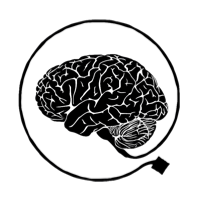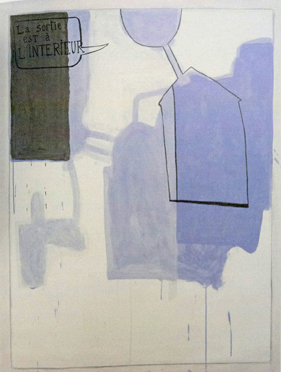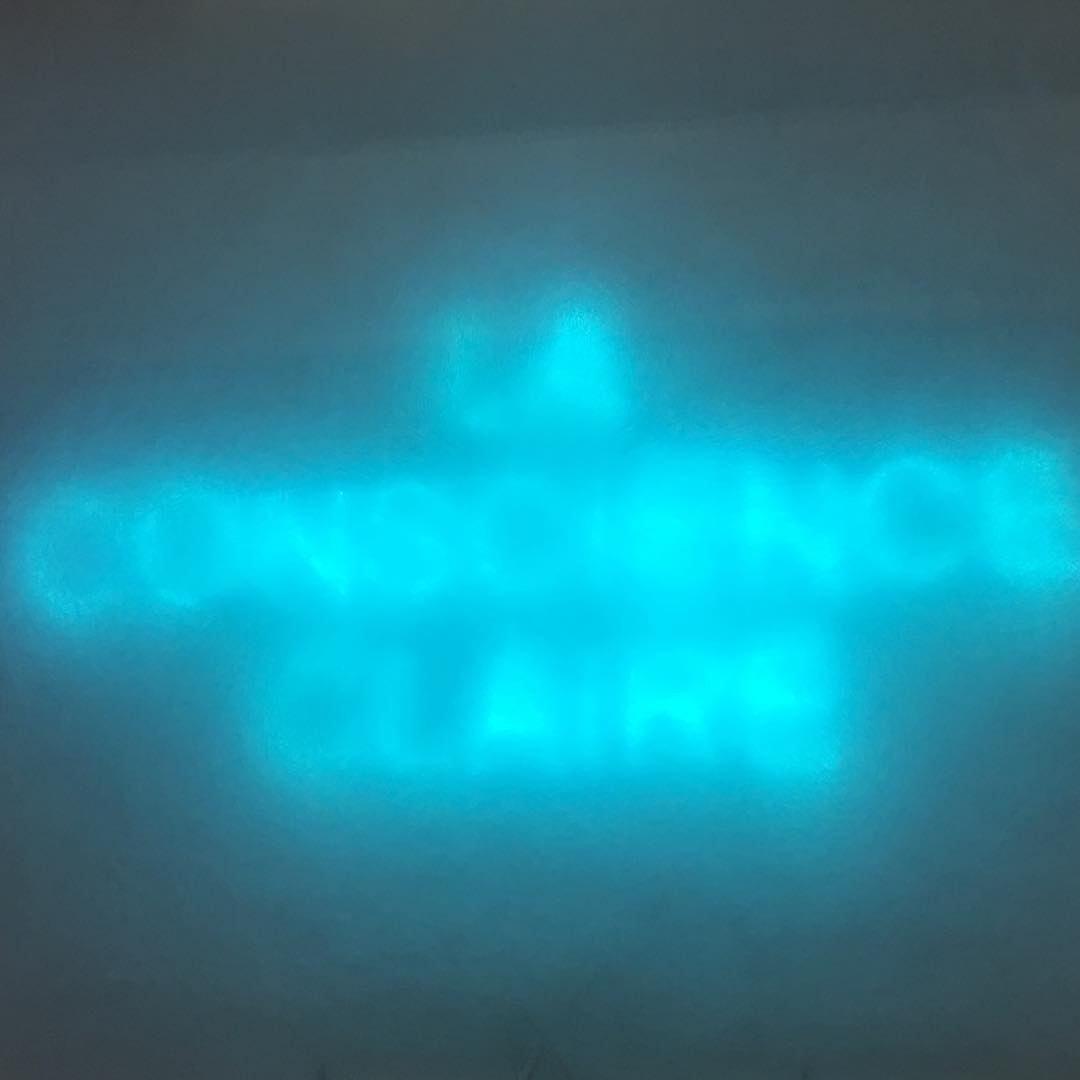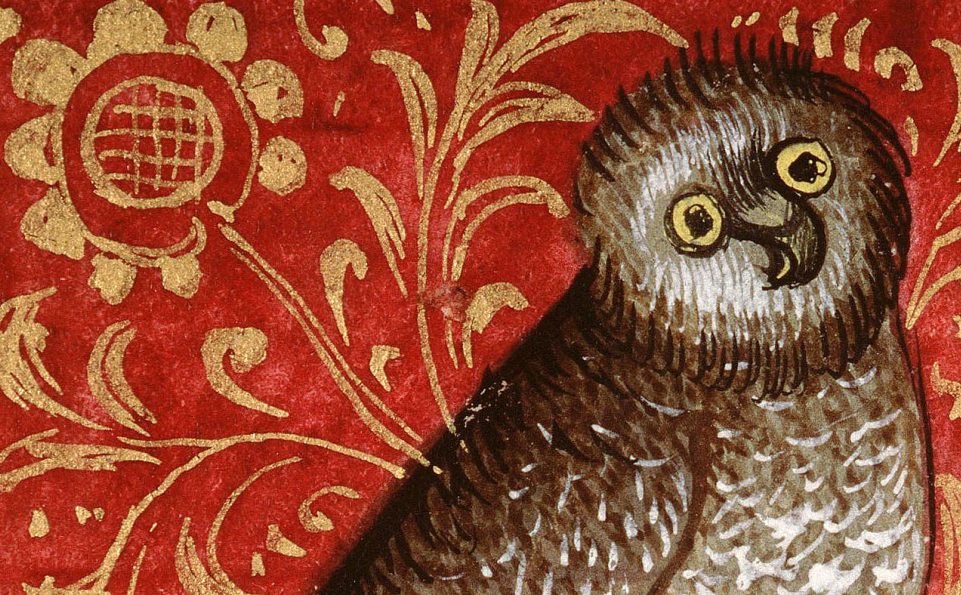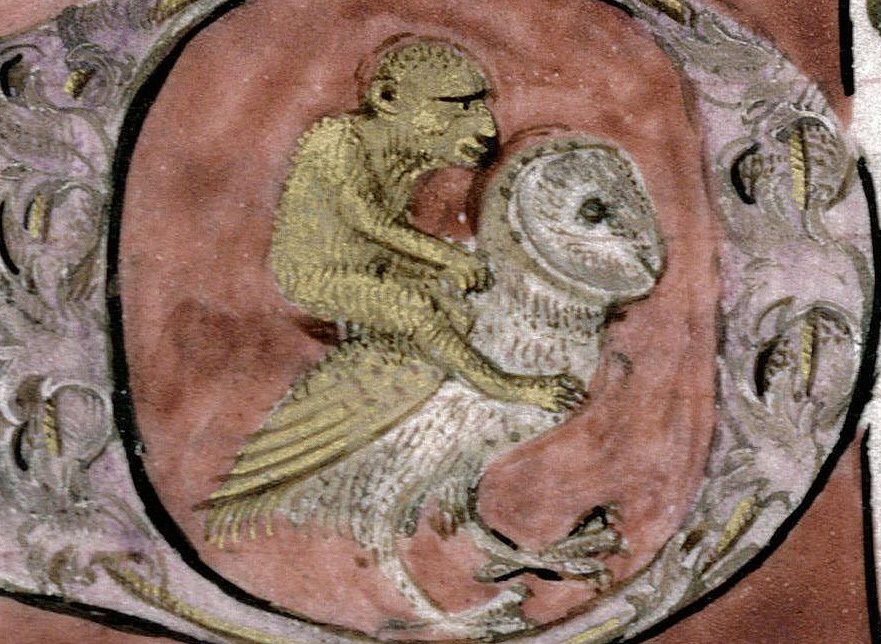Social metacognition and its potential diversity: a puzzle
An individualist viewpoint is arguably justified in the philosophy of metacognition, for classical reasons: it is mainly at the level of the individual organism that it makes sense to analyze mechanisms, feelings, and representational contents constituting epistemic sensitivity. As recognized in the conclusion of The Philosophy of Metacognition, however, metacognition …
